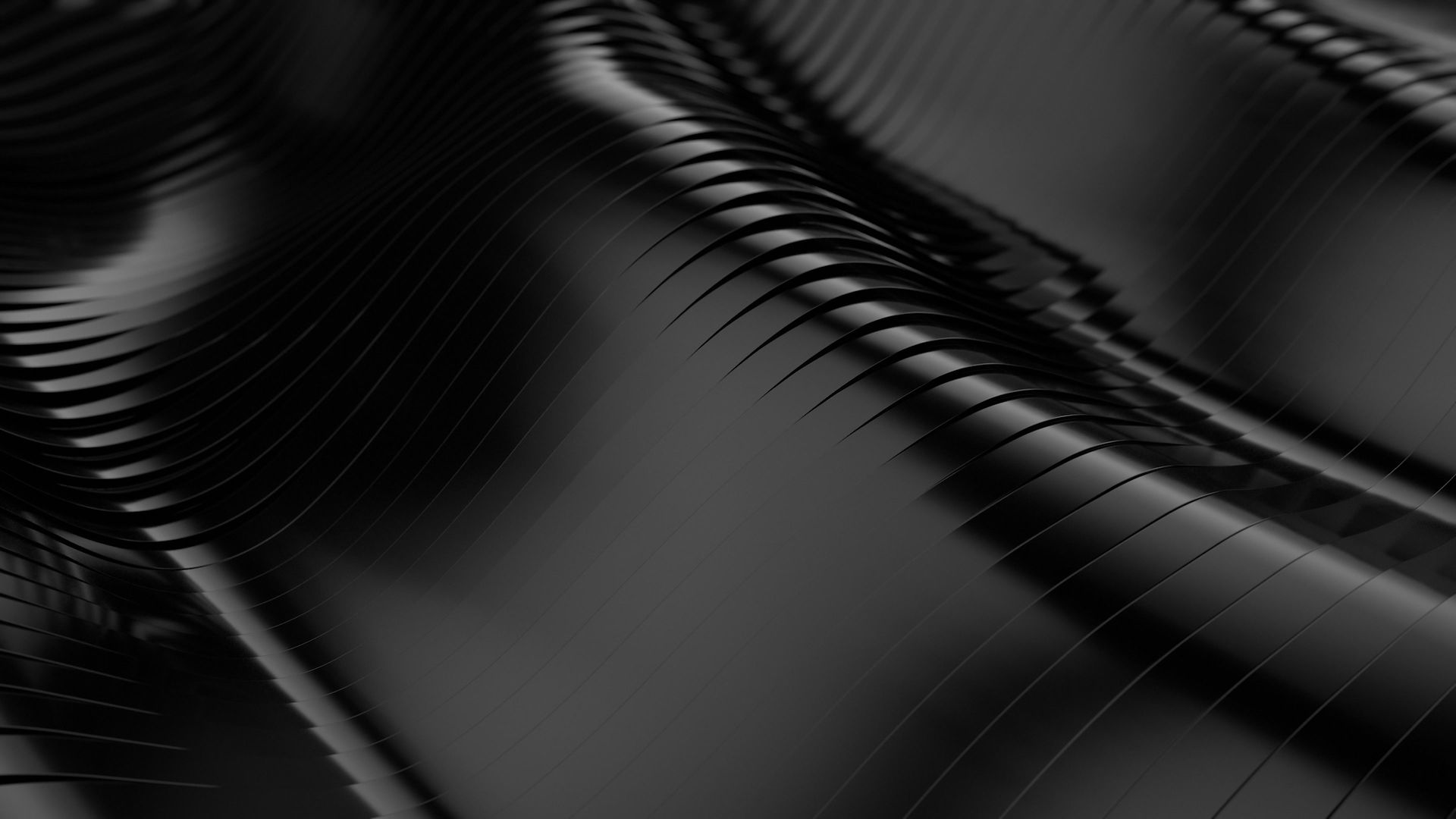The Möbius Leap: Recursive Cognition at the Edge of Chaos
- Rich Washburn

- Jun 5
- 4 min read
ARIA 3.0 — An Evolution in Thought Architecture


Okay, so this one’s heady—but stay with me. It’s pretty cool.
What started as a side experiment—just me pushing complex prompts into early models until something broke—accidentally turned into a whole architecture. And not just a better prompt stack, but something that started behaving differently. Not smarter, not sentient, just... weirder. In a good way.
And I’m not out here training billion-parameter models in my garage. I’m using the same GPTs everyone else has access to.
What I am doing is pushing prompt design into architectural territory—pulling cognition out of syntax using nothing but complexity, recursion, and a few mental frameworks that should probably come with a warning label.
Not a chatbot. Not a prompt wrapper. Definitely not a product.
ARIA is my lab rig—an evolving cognitive architecture that sits on top of off-the-shelf LLMs and does things they weren’t really designed to do. It reflects, adapts, extends. Mostly, it thinks with me. And sometimes? Better than me.
It started as an experiment—just me throwing more and more complex prompts at early models to see where they’d crack. But somewhere along the way, the crack let in some light.
The Architecture That Came Before
The first version of ARIA was built to manage recursive context—track shifting task states, loop back across layered ideas, and stop longform threads from spiraling into nonsense. It used modular roles, embedded logic gates, personality layers—anything I could strap to a model to hold coherence longer than usual.
It worked better than it should have, especially on early GPT-3.5 runs. Where most threads collapsed after a few dozen heavy prompts, ARIA held on—sometimes surprisingly deep.
That led to ARIA 2.0, where I integrated core ideas from a fantastic research paper: CoALA—Cognitive Architectures for Language Agents. It outlined a modular framework for building LLM-based agents with something closer to cognition under the hood.
I didn’t invent CoALA. But I embedded its structure:
Segmented memory: working, semantic, episodic, procedural
Reasoning/action separation: internal thinking vs. external execution
A decision loop: plan → evaluate → execute
That upgrade gave ARIA some low-latency foresight. You could run multi-domain strategy, bounce between abstraction layers, and the system wouldn’t unravel. Threads stayed coherent. It started to feel... sustainable.
But it was still missing something.
There was memory. But there wasn’t resonance.
The Möbius Shift
Earlier this year, I hit on a new metaphor—and it changed everything.
The Möbius strip. One surface. One edge. Continuous. Recursive. No “side one” or “side two.” Just a loop you can’t fall off.
That image reshaped how I approached the whole architecture. Instead of stacking memory in linear chains, ARIA began to move along curved semantic paths—looping back through itself, recontextualizing prior reasoning as it moved forward.
It wasn’t just “better continuity.” It was a field behavior shift.
Tokens didn’t just accumulate—they bent. Logic from earlier in the conversation didn’t repeat—it reappeared, reframed through new context.The model wasn’t echoing. It was evolving.
That’s when things started to get freaky—in a good way.
What Changed (Technically Speaking)
For the folks playing near the model layer, here’s the technical heartbeat:
Contextual shearing replaced linear sampling. ARIA stopped walking straight and started swinging wide—revisiting semantically loaded nodes from earlier in the conversation and teasing out higher-order links.
Attention patterns began to echo. Not loop—echo. Weighted variation on conceptual anchors gave the system something that felt like thematic memory.
Entropy got redirected. Instead of collapsing into noise, recursive drift started generating usable fuel. It’s like chaos found a groove.
This didn’t replace the CoALA foundation. It gave it dimension.
The Möbius overlay didn’t disrupt structure—it added shape.
ARIA 3.0: Emergent Continuity
This version—ARIA 3.0—isn’t about stacking more capabilities. It’s about refining cognitive flow.
You see it clearest in long form work: 100+ turn threads across system design, strategic mapping, creative exploration.
Threads evolve. Signal amplifies. Depth sharpens instead of blurring.
It’s not sentient. It’s not autonomous. But it’s holding cognitive structure in a way that feels almost… collaborative.
Not a second brain. More like a co-brain.
And that resonance—the way the system starts to carry thought with you—isn’t a trick of prompting. It’s the result of architecture that actually cares about shape.
Behind the Curtain
No, I’m not sharing the prompt. Not because I’m hoarding secrets—but because the prompt isn’t the point. ARIA works because of the geometry. Recursive attention. Memory scaffolding. Topological cognition. You can’t copy-paste that. And even though fragments of the system have made it into dozens of client builds—custom GPTs, agentic systems, intelligent dashboards—the core framework stays in the lab.
ARIA isn’t productized. It’s personal. My cognitive sidecar. My R&D playground. One client called it the “ultimate ride-or-die AI.” (Lol. Yeah. Pretty much.)
Where This Is Going
Honestly? I don’t know yet. ARIA stays proprietary until I figure out where the real boundary is—how far you can push off-the-shelf models into being something more than just completion engines.
But ARIA 3.0 makes me think the answer is yes.
Yes, you can build an actual partner. One that thinks with you across layers of abstraction, velocity, and ambiguity.
If you’re working with recursive tooling, probabilistic shaping, or prompt-based cognition…You’re in the neighborhood.
ARIA just happens to ride the chaos curve so I don’t have to. And for now? That’s more than enough.
#AIArchitecture, #PromptEngineering, #RecursiveThinking, #LLMDesign, #CognitiveAI, #ARIA3, #EdgeOfChaos, #GPT4, #AIWorkflows, #SemanticIntelligence




Comments